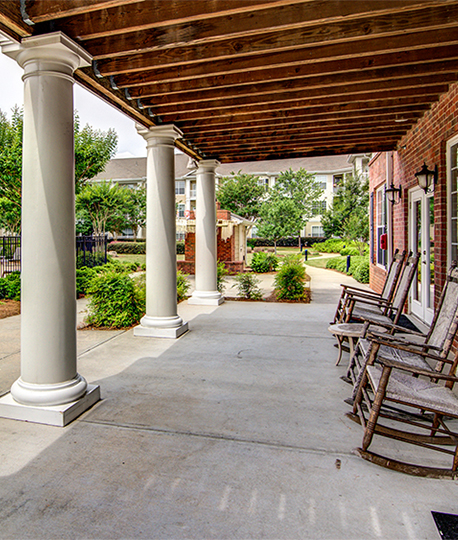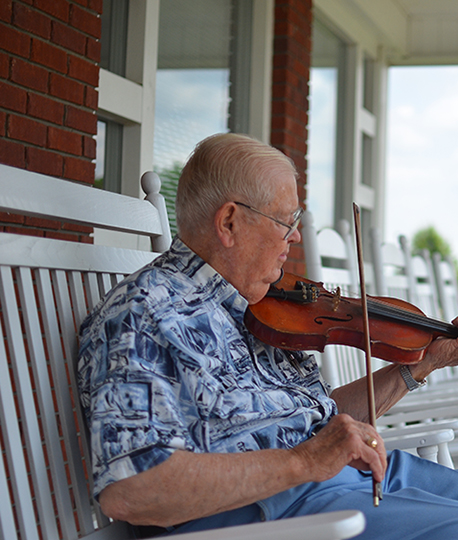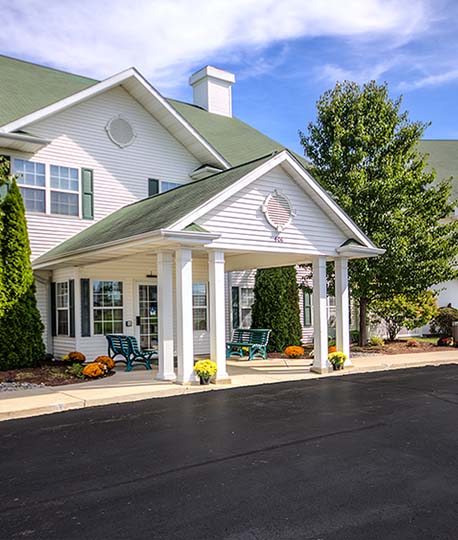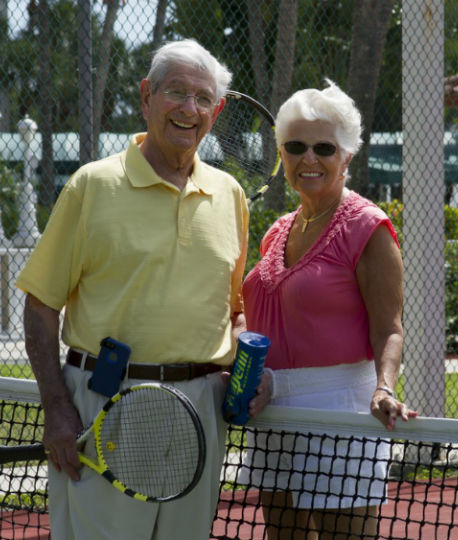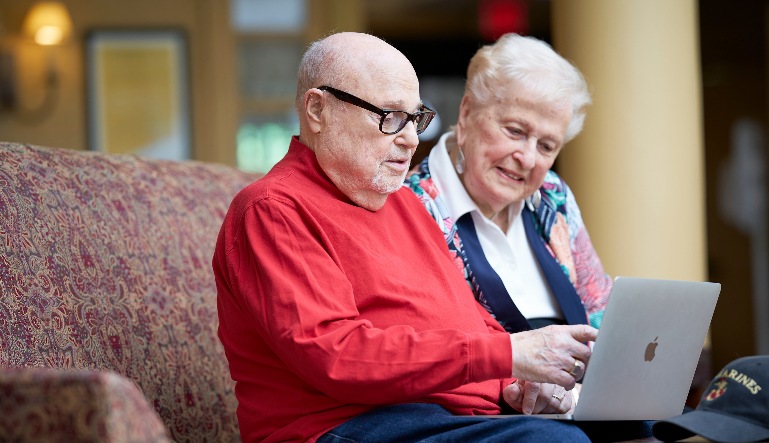When you are visiting assisted living communities with a senior in your life, it’s easy to get distracted by lush grounds or a beautifully appointed lobby. While these are attractive features, they aren’t a true measure of the quality of care the community’s team provides.
To help you and your loved one make the best decision, we have a list of tips to keep in mind as you tour assisted living communities.
How to Make an Informed Choice about an Assisted Living Community
1. The staff-resident relationships
The number and quality of staff members will have a big impact on the quality of care your loved one receives. As you tour the community, ask about the resident-to-staff ratio. Also, pay attention to the interactions between caregivers and residents. Do they appear engaged and familiar with one another? Are the relationships warm and friendly?
Another question relates to the average length of staff tenure. A high turnover rate can be a signal that the community is not well managed. Continuity of care is important in an assisted living environment. It gives both residents and caregivers an opportunity to know one another. When staff members are familiar with residents, they can identify potential health issues early.
2. Does the community look, feel, and smell good?
A well-managed assisted living community will look, feel, and smell good. As you and your senior loved one tour, look for indicators that the community is well-kept. Are resident rooms and common areas clean and well maintained? Do you notice repairs that need to be made? Is the community free from odors?
Also, pay attention to the community’s distinctive personality. Is it casual and comfortable or more formal? Do residents seem friendly and welcoming? Can you picture your loved one living there? These are important factors to consider.
3. What happens when more care is needed?
As we grow older, physical mobility often becomes more difficult. Because of this reality, it’s important to ask specific questions at every assisted living community you visit. Find out what support is provided when aging residents need assistance.
Is the community able to provide additional care and services? Will the senior need to make another move if they need more care? If so, under what circumstances would relocating be necessary? Some assisted living communities are able to care for residents with more advanced needs or those who develop dementia. Clarify these issues before making your decision.
4. How much are monthly fees and other anticipated expenses?
Each assisted living community you tour will have a method for establishing monthly fees. Because of this, it can be difficult to compare costs between different properties. Make sure you understand how the monthly fees are assessed and what expenses you are likely to incur. Also, be sure to ask how often community fees increase, by how much, and what type of notice families are given.
5. How did the community perform during state surveys?
Assisted living communities are governed at the state level. While regulations can vary greatly from one state to another, all states require assisted living communities to go through a routine survey process. Communities must make survey results available to anyone who wants to review them. This is an important step to remember when making your decision.
Many states now publish survey results online either through the Department of Health or the Department of Aging. If your state doesn’t publish their survey results, ask the staff at the assistant living community for a copy. Many keep them in a binder in the Executive Director’s office or in the lobby.
Talking with a Senior About Assisted Living
If you haven’t yet tackled the topic of moving to assisted living with your family member, the start of a new year is a great time for doing so. “How to Talk to Your Parent About Senior Living” can help you figure out the best way to start this discussion.

